and Safety Services

and Safety Services
andom testing has been a vital component of drug-free workplace programs for many years. Employers may be required to implement random testing programs in accordance with federal or Department of Transportation, or DOT, regulations, and all employers may choose to implement non-regulated random testing programs. Doing so can help secure a safe and drug-free workplace, but there are various components to consider to ensure the program is effective.

In addition, a company may choose to include alcohol testing in a random testing program. Alcohol testing in workplace testing programs is typically ‘evidential’, meaning that the test can determine whether someone has alcohol—and the specific concentration levels—in their system at the time of the test. This helps employers ensure that employees are not working under the influence of alcohol, while also allowing employees personal freedom to use alcohol outside of work, should they choose to do so.

Random testing programs are one of the most effective ways of ensuring a safe and drug-free workplace. Taking the steps to ensure the program is properly developed and managed will further the success of any company looking to uphold a strong safety culture and drug-free environment within their organization.
